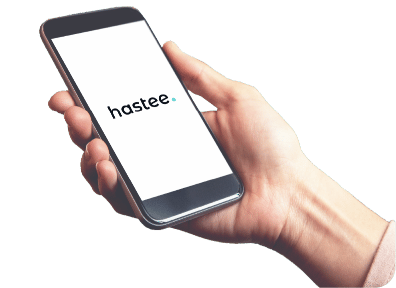
Disability benefits and entitlements for children
If your child has a disability or long-term health condition, you might be entitled to Disability Living Allowance (DLA) for them as well as other financial support. This page explains more about the disability benefits and entitlements your child might qualify for...







